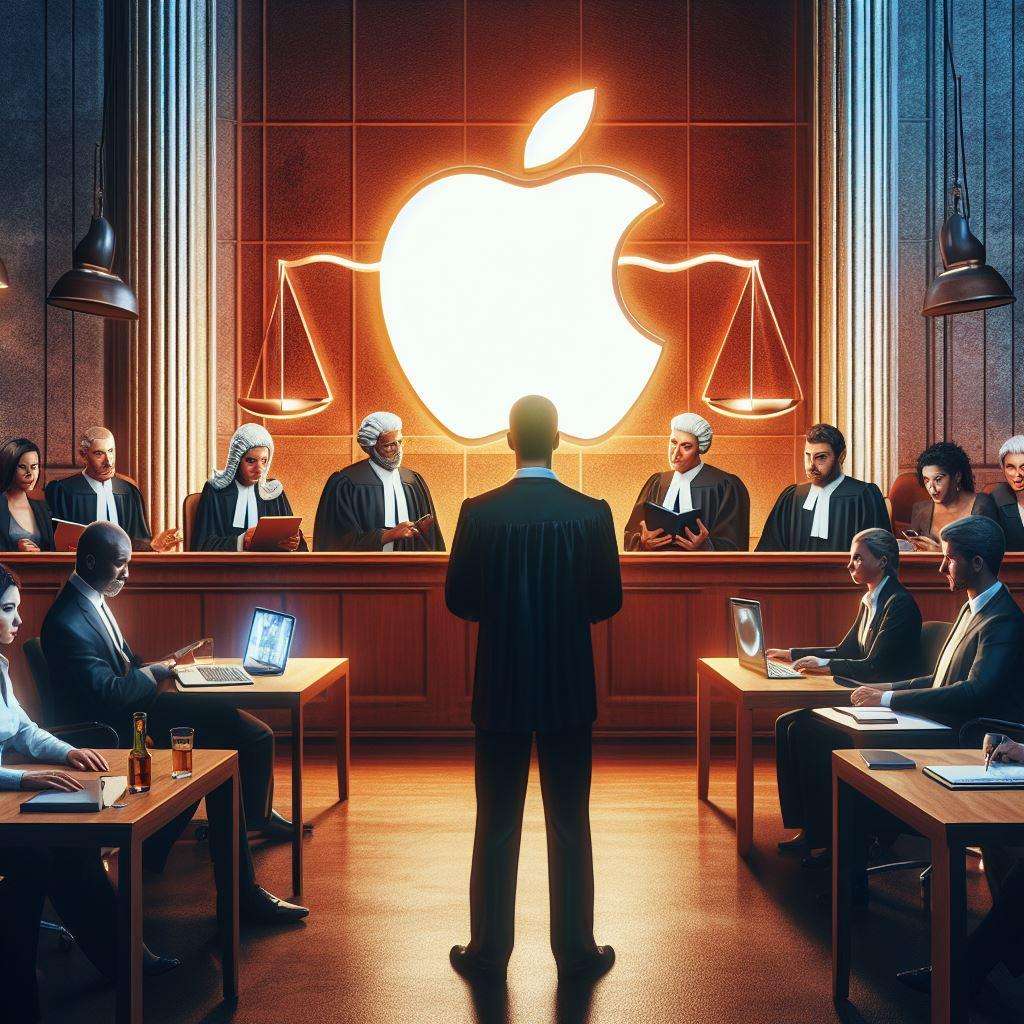In recent news, the tech giant Apple faces significant legal challenges in the form of an antitrust lawsuit filed by the U.S. Department of Justice. This lawsuit alleges that Apple has been operating its iPhone business in a monopolistic manner, raising concerns about competitiveness and consumer choice in the smartphone market.

Understanding the Core of the Dispute | Apple vs US Antitrust Lawsuit
At the core of Apple’s defense is the argument that regulators are selectively choosing metrics that portray Apple’s market dominance as more extreme than it actually is. They believe that if the DOJ proceeds with regulating the behaviors deemed monopolistic, it could potentially diminish Apple’s competitive edge in the market and negatively impact iPhone customers .
Apple’s Stance and Implications on Consumers
Apple has strongly voiced its concerns, stating that the lawsuit threatens the principles that differentiate Apple products in highly competitive markets. They emphasize that this legal action could hinder their ability to innovate and deliver the technological excellence that consumers have come to expect from Apple products .
Industry Response and Claims Against Apple
While Apple stands firm in its defense, the Coalition for App Fairness (CAF) has expressed robust support for the DOJ’s regulatory actions against Apple. The CAF asserts that Apple has a history of engaging in anti-competitive practices that have led to increased prices, exorbitant fees, degraded user experiences, and limited competition within the app marketplace.
Key Allegations and Categories Identified
The DOJ’s lawsuit outlines specific areas in which Apple is accused of actively suppressing competition. These categories include:
- “Super” apps: Apps with multiple functions within a single platform, allegedly inhibited by Apple to maintain iPhone dependence.
- Messaging apps: Citations suggest that tactics like the blue bubble, green bubble effect discourage users from adopting competitor devices.
- Cloud streaming gaming apps: Apple’s opposition to cloud-based gaming platforms, limiting consumer options.
- Digital wallets: Concerns about Apple’s control over NFC payments and its impact on competition.
- Smartwatch compatibility: Allegations regarding Apple’s actions affecting cross-platform smartwatch compatibility.
Long-Term Implications and Legal Timeline
In the short term, significant activity surrounds this lawsuit, but its resolution may take several years, as experts estimate a three-to-five-year timeline for completion 3 . The complexity of the case and the legal processes involved indicate that substantial time will be required for its full resolution.
What’s Next for Apple and Consumers?
As this legal battle unfolds, the implications for Apple, app developers, and most importantly, consumers remain uncertain. The outcomes of this lawsuit could potentially reshape the competitive landscape within the tech industry and influence future regulations affecting dominant market players like Apple.
For further insights into the specifics of the DOJ’s claims against Apple, you can refer to the official lawsuit document here.
Stay informed with our updates as we track the progress and implications of this crucial legal battle between Apple and the U.S. Department of Justice.
By crafting a detailed and user-friendly blog post addressing the nuances of the Apple antitrust lawsuit, we aim to provide valuable insights into this significant legal challenge that could redefine the tech industry’s competitive landscape.
The above information is a concise and comprehensive overview of the ongoing Apple vs US antitrust lawsuit, highlighting key aspects, implications, and the industry’s response to this legal dispute.
Stay tuned for further updates on this evolving story.

